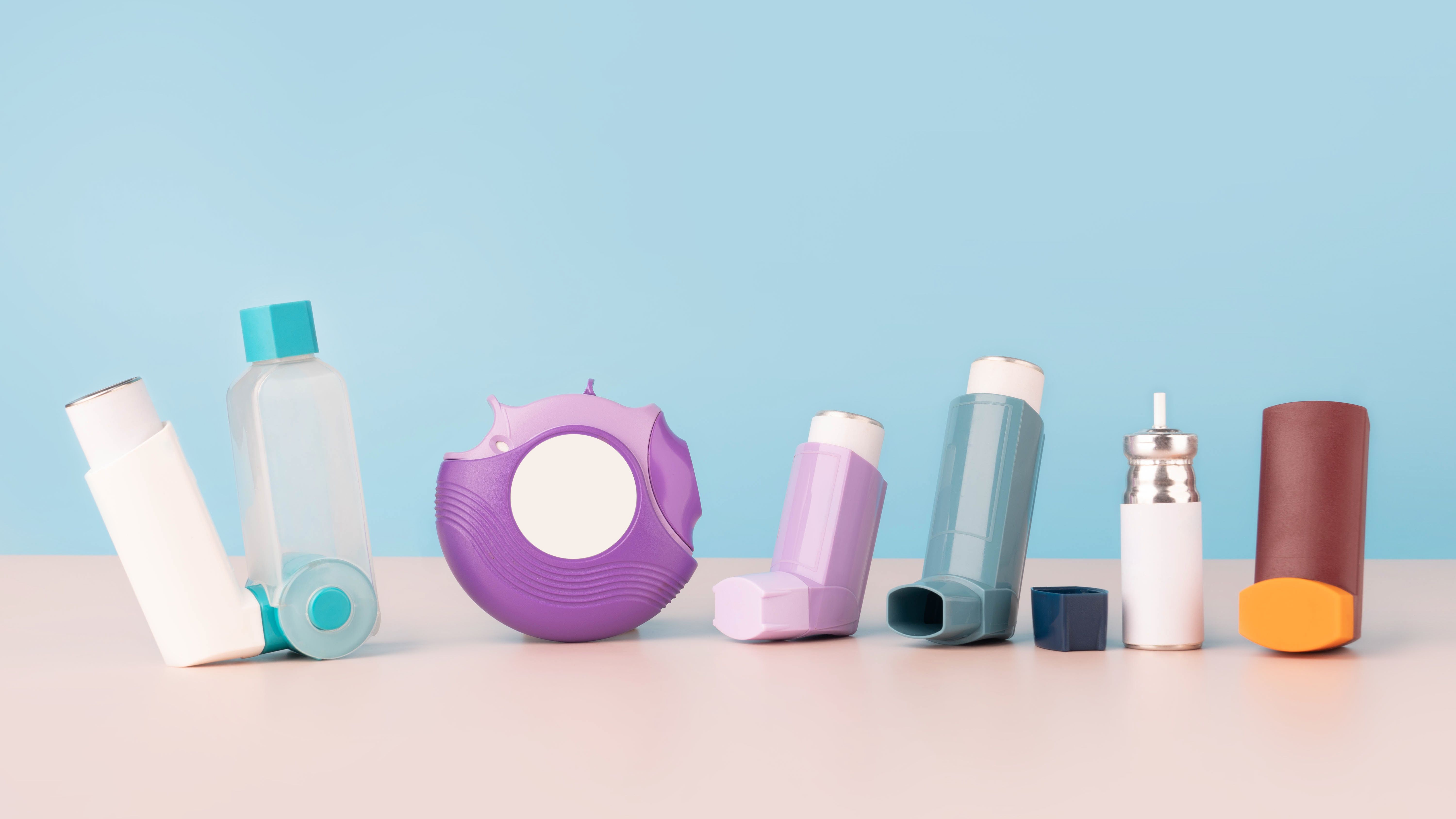Approximately one third of individuals who suffered from actinic keratosis (AK) are unaware of what causes it, according to the results of a survey conducted by Almirall. Further, the results showed that most individuals (57.8%) have never gotten their skin checked by a professional.1
"[AK] lesions are closely related to overexposure to sun’s [ultraviolet (UV)] light. This year’s survey data show that there is still a significant lack of awareness of the long-term risks of excessive sun exposure without adequate protection. Addressing this lack of awareness is a key factor in preventing the development of [AK] lesions as pre-forms of cancer," said Volker Koscielny, MD, chief medical officer at Almirall, in a press release.1
AK is a commonly diagnosed pathology of the skin, frequently found on parts of the body that are frequently exposed to sun, such as the face, neck, hands, forearms, and lower legs, according to a review published in International Journal of Molecular Science. According to the authors, the incidence and development of additional AK lesions can be decreased by using sunscreen, but the most effective strategy is avoiding UV radiation and using sun-protective clothing with sunscreen. AK can be the foundation for cutaneous squamous cell carcinoma (SCC), and if untreated, it can transform into SCC.2
“It is crucial to remember that certain lesions have the potential to develop into skin cancer. [AK], in particular, can progress into [SCC] if left untreated. That is why identifying and treating [AK] lesions early is essential to reduce the risk of disease progression." Javier Cañueto, MD, PhD, head of the department of dermatology at Complejo Asistencial Universitario de Salamanca, said in the press release.1
According to the review authors, nicotinamide, acitretin, and topical 5-fluorouracil (5-FU) are commonly used as chemoprevention of AK. Topical 5-fluorouracil 5% is considered the most effective therapy, but the study authors said other results have shown that lower concentrations could also be as effective. For example, although topical diclofenac 3% is less efficacious compared to 5-FU, traditional photodynamic light therapy has higher efficacy compared to daylight phototherapy, but it is more painful.2
Key Takeaways
- A significant portion (around one-third) of people with AK are unaware of the causes, with most individuals neglecting professional skin checks.
- AK is highly linked to excessive ultraviolet (UV) sun exposure, highlighting the need for sun protection measures.
- AK lesions can develop into skin cancer if left untreated, making early identification and treatment essential.
In a review published in Archives of Dermatological Research, although there has been an increase in prevalence of wearing sun-protective clothing and sunscreen, there has been a decrease in sun avoidance in 2020. The authors added that there were positive trends in the prevalence of shade seeking, wearing wide-brimmed hats, wearing long-sleeved shirts, using sunscreen, and avoiding sunburn. However, they also noted that there was an initial increase in sun avoidance from 2010 to 2015, but decreased from 2015 to 2020, according to data from 2010, 2015, 2020 National Health Interview Survey.3
The authors of the review noted that even though sun-protective behaviors have increased since 2010, the incidence of sun cancer continues to rise, so further research is needed to advise more targeted interventions against skin cancer due to UV exposure.3
References
Half of Europe's population gets sunburned at least once a year and the majority never get their skin checked by a professional. News release. May 24, 2024. Accessed May 28, 2024. https://www.almirall.com/documents/portlet_file_entry/4257831/240524_PR_AKGlobalDay.pdf/ef3dbc90-c03d-c029-7181-006868299c14?download=true
Arcuri D, Ramchatesingh B, Lagacé F, et al. Pharmacological Agents Used in the Prevention and Treatment of Actinic Keratosis: A Review. Int J Mol Sci. 2023;24(5):4989. doi:10.3390/ijms24054989
McKenzie C, Nahm WJ, Kearney CA, Zampella JG. Sun-protective behaviors and sunburn among US adults. Arch Dermatol Res. 2023;315(6):1665-1674. doi:10.1007/s00403-023-02547-z






